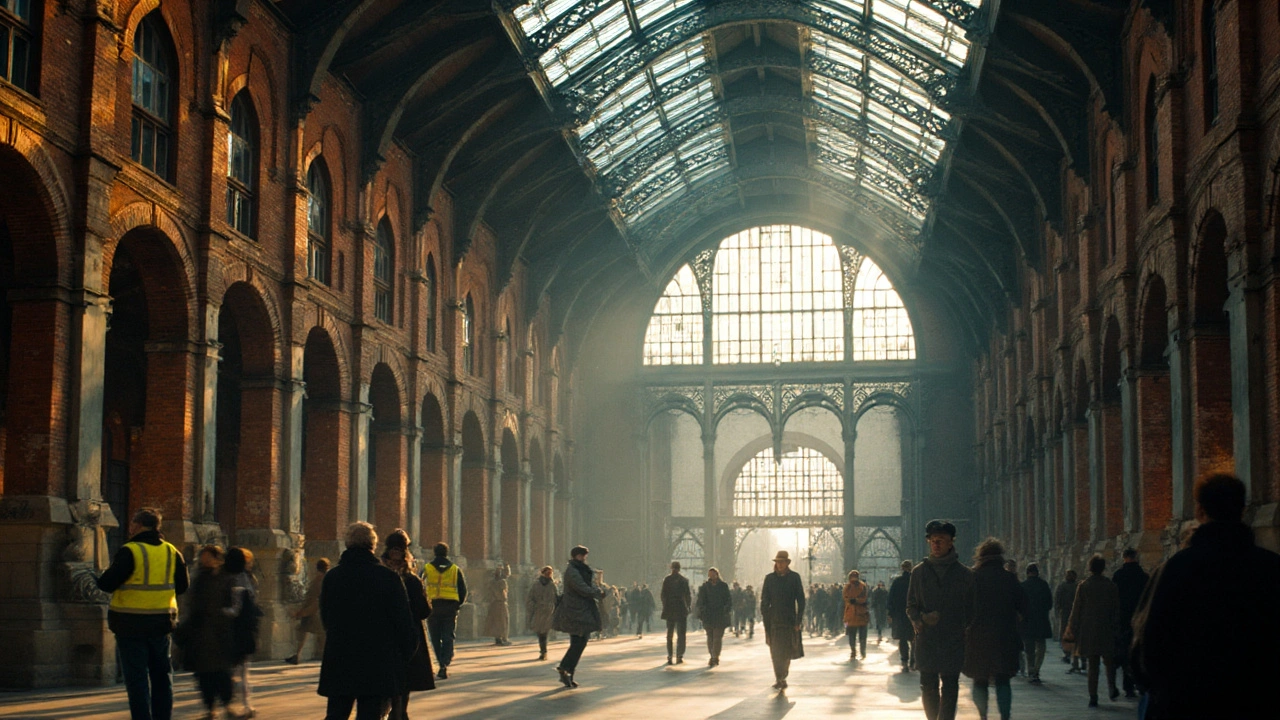Why Gothic Revival felt like high-tech before high-tech: the elements, engineering logic, and how to use it today without turning a building into a costume.
Tracery Explained: Patterns that Shape Architecture
Ever looked at a cathedral window and wondered why the stone webbing looks like a lace curtain? That’s tracery – the decorative framework that fills openings, especially windows and screens. It started in medieval Europe, but designers keep borrowing the idea for everything from metal facades to digital art.
Where Tracery Came From
The term first showed up in the 12th‑century Gothic churches of France. Builders needed a way to hold large panes of glass without making the walls too thick. They carved thin stone ribs that intersected in geometric patterns – think circles, trefoils, and leaf shapes. Over time, two main styles emerged: plate tracery, where stone is cut out of a solid slab, and bar tracery, where slender bars are assembled like a skeletal frame. Bar tracery allowed bigger, more detailed windows, leading to the iconic rose windows of Notre‑Dame and Chartres.
When the Renaissance rolled in, the strict geometry softened. Designers mixed classical motifs – acanthus leaves, columns, and scrolls – into the stone webbing. Even though the era favored solid walls, the love for intricate patterns didn’t fade. You can still see it in later Baroque and Gothic Revival buildings.
Tracery Today: From Steel to Screens
Fast forward to the 20th century, and tracery isn’t just stone anymore. Steel and aluminum let architects slice larger openings and keep the same delicate feel. Think of the metal lattice on a modern museum façade – it’s essentially steel tracery, just lighter and more flexible. In some eco‑friendly projects, designers use reclaimed wood to create warm, patterned screens that filter light and air.
Digital designers have also borrowed the idea. Patterns that mimic stone tracery appear in graphic overlays, UI icons, and even 3D‑printed architectural elements. The key is the same: a repeating, intersecting framework that breaks a large surface into smaller, eye‑catching pieces.
If you want to spot tracery on a walk, start with windows. Look for repetitive shapes – circles inside circles, leaf‑like cutouts, or simple vertical/horizontal bars. Then check doorways, screens, and even balcony railings. The pattern may be subtle, but the rhythm is usually there.
Want to use tracery in your own project? Start simple. Pick a shape that fits the building’s style – a round trefoil works well with historic vibes, while a crisp hexagon feels contemporary. Sketch the pattern on paper, then translate it to your chosen material. Remember, the framework should support – not overwhelm – the space. A light‑filled room can feel cozy with a modest wooden screen, while a grand hall might need a bold stone or steel version.
In short, tracery is more than a decorative flourish; it’s a functional solution that balances light, structural support, and visual interest. Whether you’re admiring a medieval cathedral or a sleek city tower, the same principle of intersecting lines guiding eye and air is at play. Keep an eye out next time you pass a building – you might just spot the hidden lacework that’s been shaping architecture for centuries.

